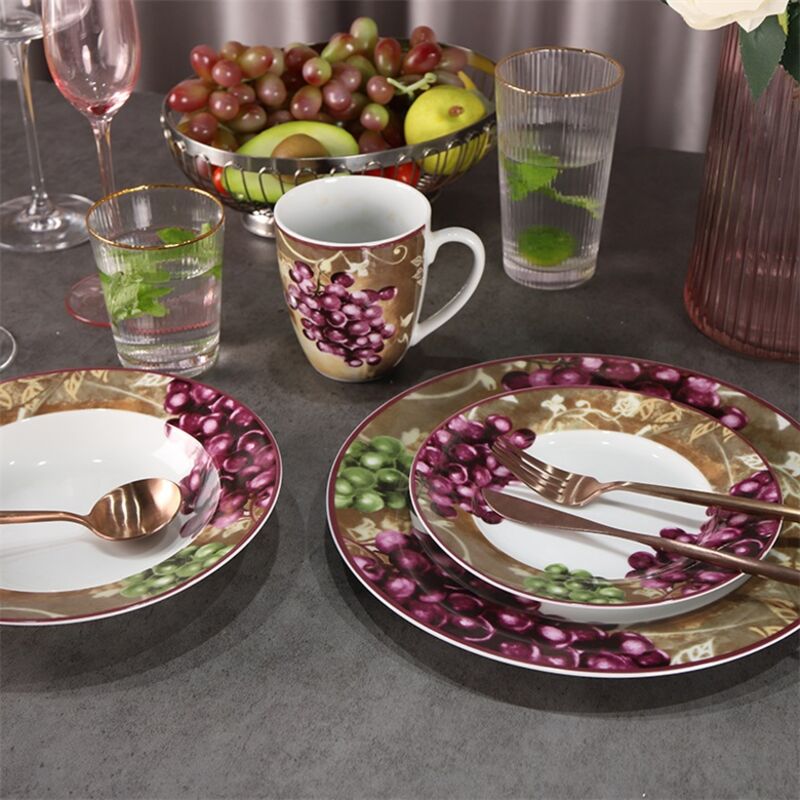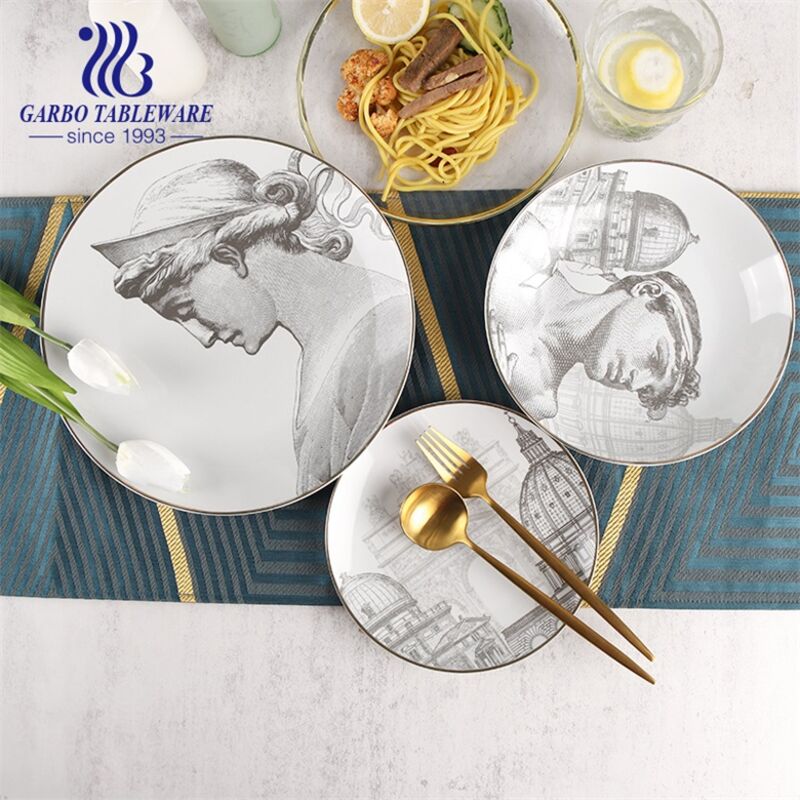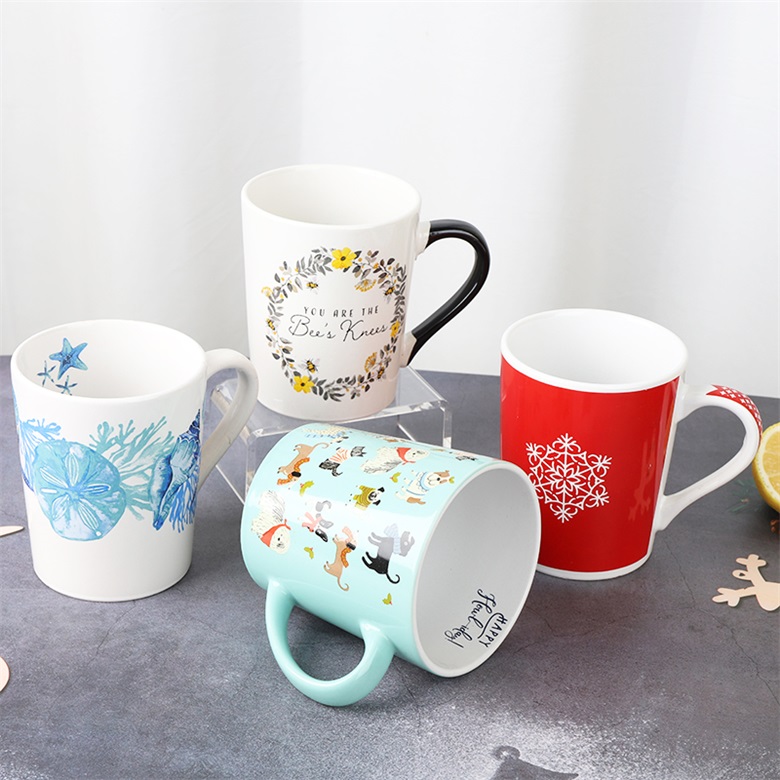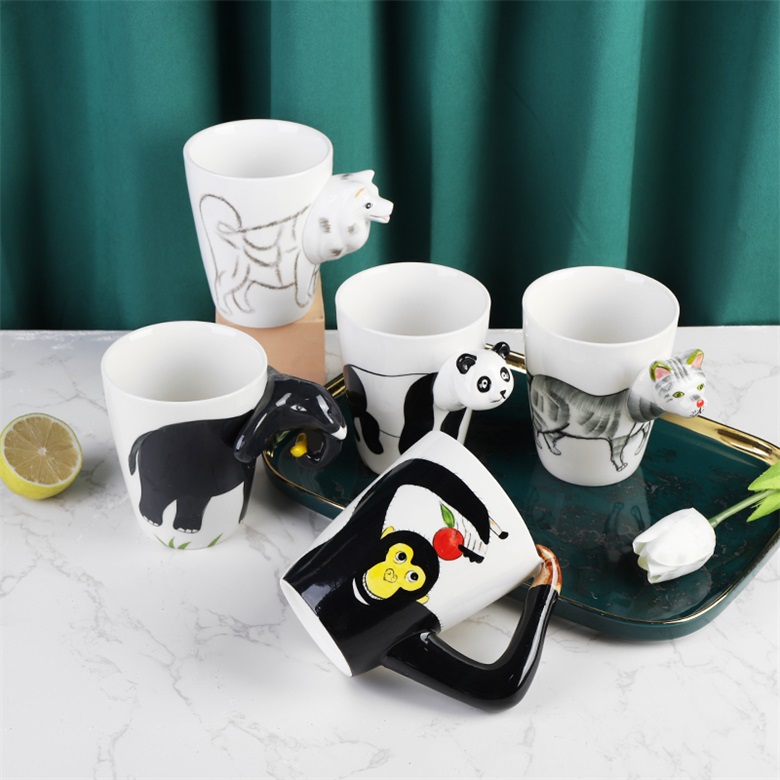Pulished on Jan. 23, 2025
China has become the "world factory" for ceramic tableware, handling the production of many old European brands. Almost all Chinese production is low-cost contract manufacturing for OEM and ODM ceramic tableware items.
North America: The North American market showcases a wide range of ceramic tableware, influenced by indigenous traditions, contemporary designs, and a growing interest in functional and decorative ceramics.
A combination of traditional craftsmanship and innovative approaches drives the market.
Europe: Europe has a long history of ceramic tableware, and each country is known for its unique style and techniques. The European market reflects a fusion of traditional and modern designs, catering to collectors and consumers interested in contemporary ceramic tableware.
Asia Pacific: The Asia Pacific region occupies an important position in the ceramic ceramics market, with countries such as China, Japan, India, and South Korea having different ceramic traditions. Each country has a unique style of pottery, such as Chinese porcelain, Japanese raku, Indian pottery, etc. The Asia Pacific market is characterized by a high emphasis on craftsmanship, cultural symbols, and a fusion of traditional and modern designs.
Latin America: Latin America showcases a vibrant and colorful ceramics market, influenced by indigenous cultures and colonial heritage. The market offers a variety of pottery styles, including Mexican Talavera ceramics, Peruvian ceramics, and Brazilian folk pottery.
Middle East and Africa: The Middle East and Africa region has a rich history of ceramics, and pottery plays an important role in cultural and artistic expression.
Traditional techniques such as hand painting, intricate geometric patterns, and tiles dominate the market.

Ceramic tableware and kitchenware: Tableware and kitchenware play an important role in the ceramic tableware market. Consumers seek ceramic tableware, including ceramic plates, ceramic bowls, ceramic cups, cutlery, and ceramic dinner sets.
This category combines functionality, aesthetic appeal, and the joy of using handmade porcelain tableware daily use.
Ceramic Decorative Collection and Vases: the decoration ceramic collection, including vases, sculptures, and statues, is a focal point for interior design and home decor. These works of art add character, beauty, and personality to living spaces.
Consumers who love modern art are attracted by unique gift options for special occasions.
Ceramic tools and supplies: In addition to the demand for finished ceramic items, there is a market for ceramic tools, equipment, and supplies.
These include clay, glazes, kilns, pottery wheels, and other essential items for pottery enthusiasts and professionals. This category is suitable for individuals who practice pottery as a hobby, art form, or profession.

The appeal of handmade: There is a growing appreciation for handmade ceramic items. Consumers are attracted to the uniqueness, craftsmanship, and personal style of handmade ceramic tableware and are gradually moving away from mass-produced goods.
Minimalism and modern design: Traditional ceramics continue to be popular, but minimalism and modern design are on the rise. Consumers seeking a more modern aesthetic are attracted to pottery with clean lines, geometric shapes, and soft tones.
Sustainable and environmental focus: There is a surge in demand for ceramic ware produced using sustainable and environmentally friendly practices. People are increasingly concerned about the impact of the products they buy on the environment and are attracted to ceramic ware made from recycled materials, natural glazes, and non-toxic processes.

Digital marketing and social media influence: Ceramic artists and studios are using digital marketing strategies and social media platforms to showcase their works, build brand image,e and connect with a wider audience. Social media platforms such as Instagram and Pinterest are powerful visual tools to showcase pottery and interact with potential customers.
Collaboration with Interior Designers: Collaboration with interior designers and home decor influencers allows ceramic artists and studios to showcase products in curated spaces and reach new customer groups. Collaborations can result in unique product lines or exclusive collections that cater to a specific design aesthetic.
Versatile and Multifunctional Design: Ceramic items with multiple uses or multifunctional designs are becoming increasingly popular. The functional and decorative home decor offers value and flexibility to the clients.
Customization and Personalization: The trend toward customization and personalization extends to ceramic tableware as well. People want the ability to customize pottery with monograms, names, or special messages, creating personalized gifts or unique home decor items
Thus the branded logo or new design shapes, flora patterns, and unique ceramic tableware have more chance to occupy their market position.
Collaboration with Local Communities: Ceramic artists and studios are increasingly working with local communities and indigenous artisans to showcase traditional pottery techniques and preserve cultural heritage.
Collaborations create opportunities for cross-cultural exchange and support local crafts.

These directions will be opportunities for brands to stand out Online retail and e-commerce The rise of online shopping and e-commerce platforms provides significant opportunities for ceramics. Artisans and ceramic studios can reach global customers. Showcase their products through high-quality visuals and promote direct sales to expand market reach.
Collaboration with designers and artists Collaborate with well-known designers, artists, and influencers to enhance the appeal of ceramics. Partnerships can produce unique limited edition series that attract collectors, enthusiasts, and design-conscious consumers.
Customization and personalization Providing customized options, such as personalized engraving or custom designs, allows consumers to establish a more personalized connection with their ceramics. The customization trend provides an opportunity to meet specific preferences and create memorable and sentimental pieces.
Environmental and sustainable practices Emphasizing the use of sustainable materials, environmentally friendly production processes, and packaging can attract environmentally conscious consumers. Positioning ceramics as a sustainable and ethical choice is in line with the growing demand for environmentally friendly products.